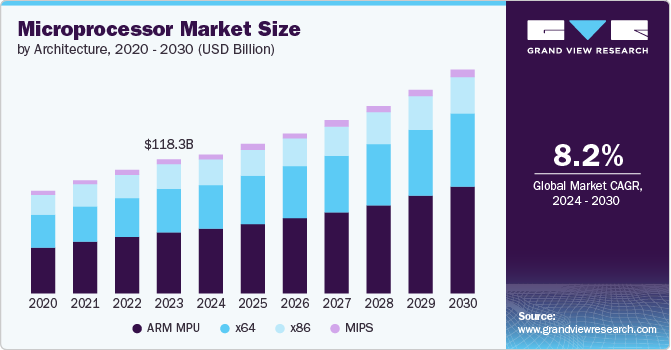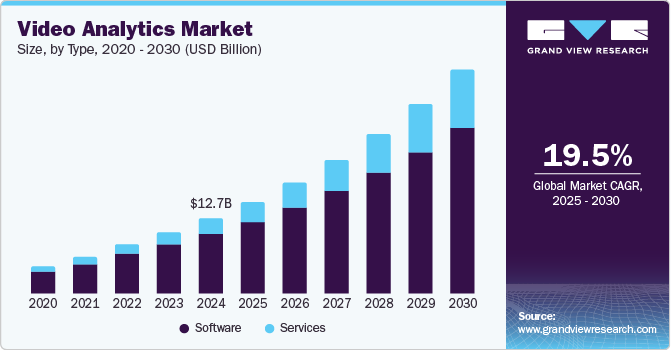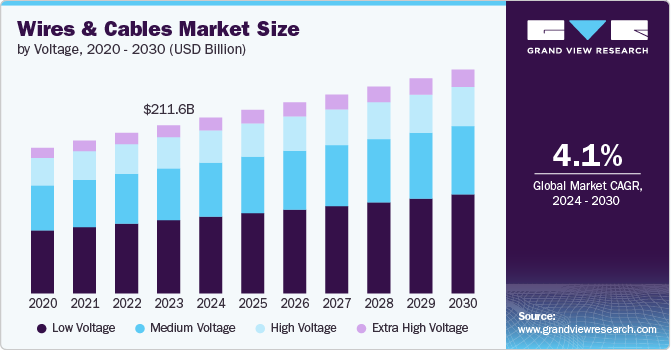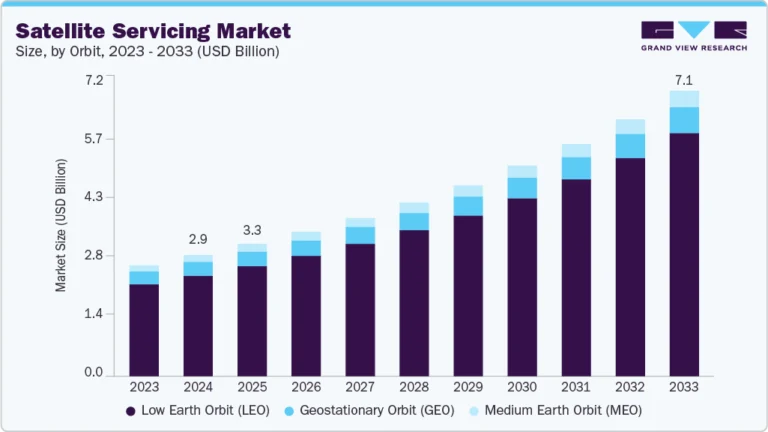Microprocessor Market Size, Share & Trends Analysis growing at a CAGR of 8.2% from 2024 to 2030

The global microprocessor market size was estimated at USD 118.30 billion in 2023 and is projected to reach USD 196.50 billion by 2030, growing at a CAGR of 8.2% from 2024 to 2030. Moreover, the market volume accounted for 2.66 billion units in 2023 and is projected to reach 3.90 billion units in 2030.
Key Market Trends & Insights
- The microprocessor market in Asia Pacific dominated the market and accounted for over 58.0% of the revenue share in 2023.
- China microprocessor market is projected to grow at a CAGR of 9.4% from 2024 to 2030.
- By architecture, the ARM MPU segment held the largest revenue share of over 46.0% in the market in 2023
- By application, the personal computers segment dominated the target market with a revenue share of over 37.0% in 2023.
Market Size & Forecast
- 2023 Market Size: USD 118.30 Billion
- 2030 Projected Market Size: USD 196.50 Billion
- CAGR (2024-2030): 8.2%
- Asia Pacific: Largest Market in 2023
Request a free sample copy or view report summary: https://www.grandviewresearch.com/industry-analysis/microprocessor-market/request/rs1
The market is anticipated to experience growth due to the increasing utilization of microprocessors in consumer electronics like Personal Computers (PCs), smartphones, and laptops. A microprocessor, an electronic component integrated into a single Integrated Circuit (IC), contains millions of small elements such as transistors, diodes, and resistors working in unison. This chip performs functions like data storage, timing, and interaction with peripheral devices. These ICs are employed in various electronic devices, including tablets, servers, smartphones, and embedded devices, among others.
Rapidly growing demand for smartphones and tablets is expected to fuel the market growth over the forecast period. A microprocessor enhances the performance of the smartphone as it is used for enhancing the speed and efficiency of a smartphone. The performance speed of any smartphone is directly proportional to the performance of the microprocessor. Moreover, with the advent of ‘smart’ devices, electrical products such as digital cameras, televisions, laptops, and wearables devices offer various advanced technologies such as touch screen monitors and displays, flat screens, and Bluetooth, which require a larger number of ICs.
Microprocessors were initially designed for their use in personal computers and servers. These ICs are now being used in automotive applications, such as infotainment systems and Advanced Driver-Assistance Systems (ADAS), to offer improved connectivity and high-speed to vehicle systems. Besides, microprocessors act as the brains of servers, PCs, and large mainframes. Moreover, they are used for embedded processing in various systems, such as networking gear, wearable devices, computer peripherals, set-top boxes, medical, televisions, industrial equipment, video-game consoles, and Internet of Things (IoT) applications. Microprocessors used for digital consumer applications, PCs, and communications generally use one of several Reduced Instruction Set Computer (RISC) architectures or a generic x86 processor. RISC cores decrease chip complexity by using simple instructions and keeping the instruction size constant without a microcode layer or associated overhead.
Conversely, factors such as the high manufacturing costs of microprocessor ICs, expensive circuit design, increasing sales of low-cost mobile devices, declining shipments of personal computers, and high raw material prices are expected to impede market growth in the coming years. Nonetheless, advancements in server processors, driven by developments in the Internet of Things (IoT) and Artificial Intelligence (AI), are making them more favorable compared to standard desktop processors for certain applications.
The server processor with IoT and AI-embedded microprocessors helps in reducing the unit cost for microprocessors, which, in turn, is having a positive impact on the market growth across the globe. These microprocessors are extensively being used in connected devices, data center facilities, and public clouds that allow organizational data to move faster across the IT network. Thus, organizations are incorporating these ICs to support the functioning of advanced technologies in devices, resulting in less operational cost.






